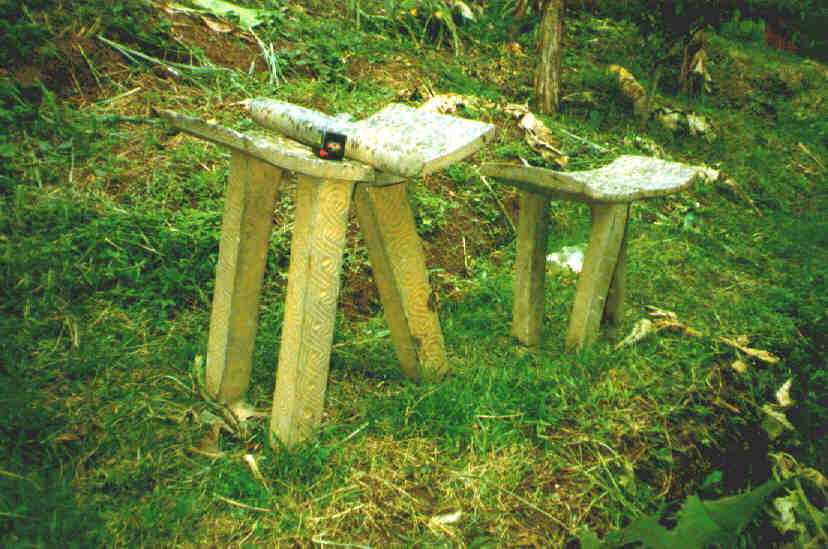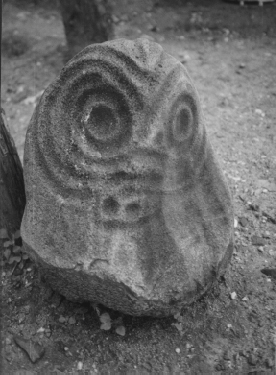|
The Mosquito Coast is remote and relatively unexplored from a scientific standpoint. Much misinformation exists, especially
surrounding the archaeological sites of this region. This site attempts to present information gathered systematically over
a long period of time by professional archaeologists. A great deal of space will be devoted to the lost city legend, as this
is the focal point around which much of the discussion of the Mosquito Coast turns.
|
 |
|
People have inhabited the Mosquito Coast of Honduras for at least 3,000 years. Most of the archaeological sites that
we know about date from 500 AD to 1500 AD. It looks like the area had its greatest population sometime between 800 and 1200
AD. The neighboring populations to the west, including the Maya, experienced declines during this same period. This may have
given the people of the Mosquito Coast an opportunity to grow and gain power at this time.
In the pages that follow, you can learn more about the archaeology of the Mosquito Coast. If you are interested in visiting
the Mosquito Coast, custom archaeological jungle tours are offered by Dr. Christopher Begley in conjunction with a team of
experienced jungle guides. Please contact us for more information.
|
|
 |
|

|
| Large grinding stones or metates |
The prehistoric people of the Mosquito Coast look very different from their Mesoamerican neighbors in central and western
Honduras. The Mosquito Coast cultures decorated their ceramics with incisions and punctations rather than painting them, as
their neighbors did. They also created a wealth of large stone monuments, including grinding stones. Some of these grinding
stones, or metates, might have been thrones or seats of power.

|
 |
|
|
|

